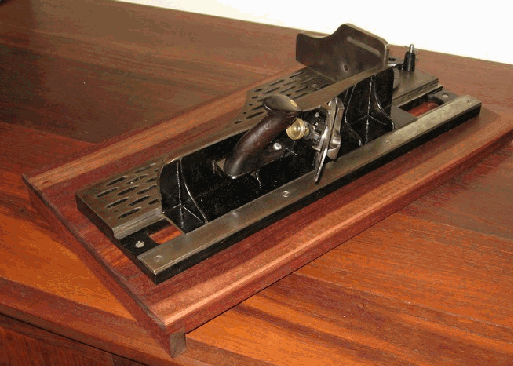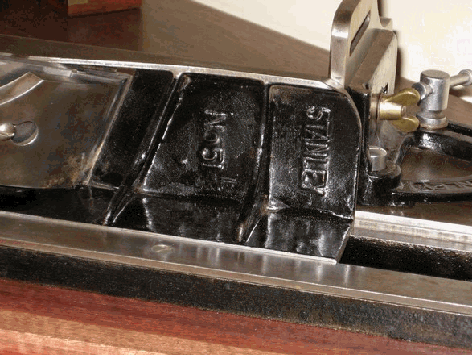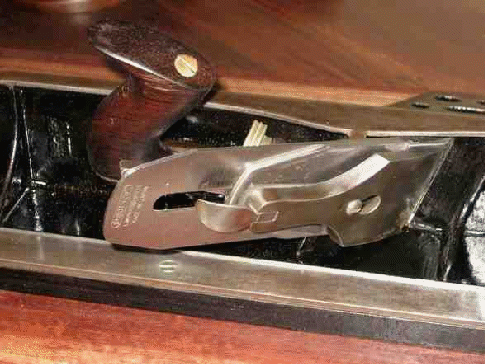ZippityNZ
Established Member
Sorry to be such a pain in the proverbial.
Since acquiring a Stanley # 2 earlier in the week, I have today, picked up a Union #2 from the same seller
Although the Union had had a crack in the sole braised, I was really after it for parts.
Unfortunately, the Record iron that accompanied the plane had been cut down from a larger size and was a poor fit and wouldn't seat into my Stanley #2, nor would the lever cap screw.
I have been advised that any Stanley lever cap screw will fit into a #2. I believe this not to be true, as none of my other lever cap screws will fit.
Does anyone here own a Stanley #2 and can you advise me what screw fits?
The brass adjuster nut from the Union is a perfect fit on my Stanley, so I am a happy chappy
Since acquiring a Stanley # 2 earlier in the week, I have today, picked up a Union #2 from the same seller
Although the Union had had a crack in the sole braised, I was really after it for parts.
Unfortunately, the Record iron that accompanied the plane had been cut down from a larger size and was a poor fit and wouldn't seat into my Stanley #2, nor would the lever cap screw.
I have been advised that any Stanley lever cap screw will fit into a #2. I believe this not to be true, as none of my other lever cap screws will fit.
Does anyone here own a Stanley #2 and can you advise me what screw fits?
The brass adjuster nut from the Union is a perfect fit on my Stanley, so I am a happy chappy






































